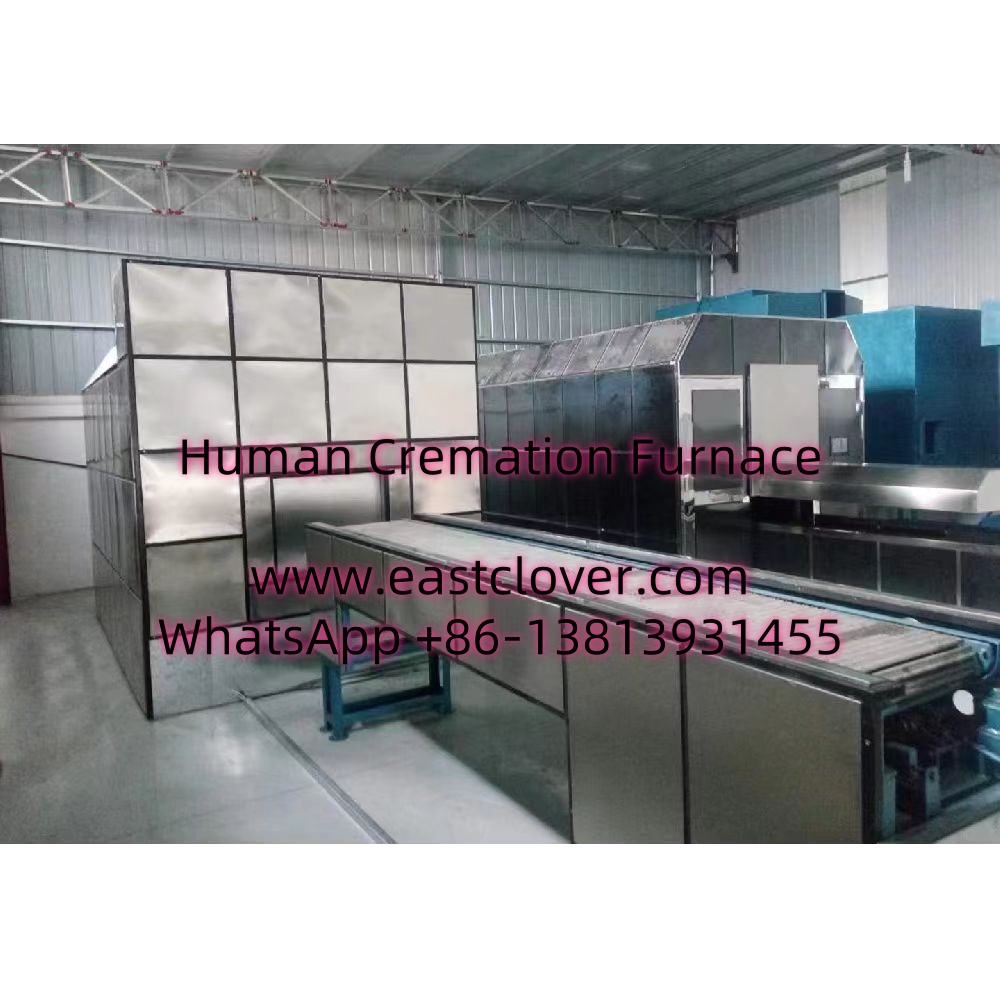Understanding Portable Pet Cremation Furnaces
Losing a beloved pet is an emotionally challenging experience, and many pet owners seek dignified ways to honor their companions. Portable pet cremation furnaces have emerged as a practical solution for those who wish to handle the cremation process at home or in veterinary settings. These compact, user-friendly devices allow for a personalized and respectful farewell, giving owners greater control over the final arrangements.
Unlike traditional cremation services, portable furnaces are designed for smaller-scale use, making them ideal for pets weighing up to 100 pounds. They utilize high-temperature combustion to reduce remains to ashes efficiently, often within a few hours. Modern models prioritize safety, energy efficiency, and ease of use, catering to both individual pet owners and professional veterinarians.
Buyer’s Guide: Key Considerations
Choosing the right portable pet cremation furnace requires careful evaluation of several factors:
1. Capacity
- Pet Size: Select a furnace that accommodates your pet’s weight. Compact models (10-30 lbs) suit smaller animals, while larger units handle pets up to 100 lbs.
- Batch Frequency: Consider how often you’ll use the furnace. Frequent use may require a more durable build.
2. Material and Durability
- Stainless steel or refractory ceramic chambers resist corrosion and withstand high temperatures (1,400°F to 1,800°F).
- Insulated exteriors ensure safe operation and energy efficiency.
3. Temperature Control
- Adjustable thermostats and digital displays enable precise heat management.
- Look for auto-cooling systems to prevent overheating.
4. Safety Features
- Automatic shut-off mechanisms and flame detectors enhance safety.
- Ventilation systems with filters minimize smoke and odors.
5. Portability
- Lightweight designs (under 50 lbs) with handles or wheels improve mobility.
- Check dimensions to ensure compatibility with your space.
6. Legal Compliance
Verify local regulations regarding at-home pet cremation. Some regions require permits or restrict emissions.
Top Portable Pet Cremation Furnace Reviews
Budget-Friendly Option: PetRest Eco-Cremator
- Capacity: 25 lbs
- Features: Basic temperature control, ceramic chamber, manual ash collection.
- Pros: Affordable, lightweight (32 lbs), quiet operation.
- Cons: Longer cremation time (3–4 hours), limited safety features.
Mid-Range Pick: MemorialPaws Pro 500
- Capacity: 50 lbs
- Features: Digital thermostat, stainless steel chamber, smoke filtration.
- Pros: Energy-efficient, quick cycle (2 hours), durable construction.
- Cons: Heavier (48 lbs), higher price point.
Premium Choice: EternalPetz Elite
- Capacity: 100 lbs
- Features: Advanced emissions control, self-cleaning mode, Wi-Fi monitoring.
- Pros: Industrial-grade durability, eco-friendly, low noise.
- Cons: Expensive, requires professional installation.
www.southclover.com
Portable pet cremation furnaces offer a compassionate and convenient way to honor a cherished pet’s memory. When selecting a unit, prioritize safety, capacity, and compliance with local laws. Budget-friendly models like the PetRest Eco-Cremator provide simplicity for occasional use, while high-end options like the EternalPetz Elite cater to professionals or multi-pet households. By investing in a quality furnace, you ensure a respectful and eco-conscious farewell for your companion.
FAQs
How long does the cremation process take?
Depending on the furnace and pet size, cremation typically takes 2–6 hours. Smaller animals require less time.
Is at-home pet cremation legal everywhere?
Laws vary by region. Check local regulations regarding emissions, permits, and ash disposal.
What is the average cost of a portable furnace?
Prices range from $1,500 for basic models to $8,000+ for commercial-grade units.
Can I use a pet cremation furnace indoors?
Only if the unit has robust ventilation and filtration. Outdoor use is often recommended.
How do I clean the furnace post-cremation?
Most models include a removable ash pan. Wear gloves and use a vacuum designed for high-temperature residue.

Comments are closed